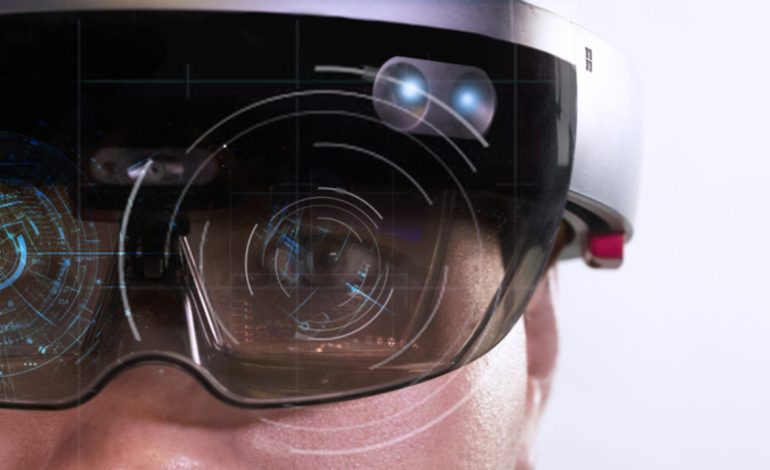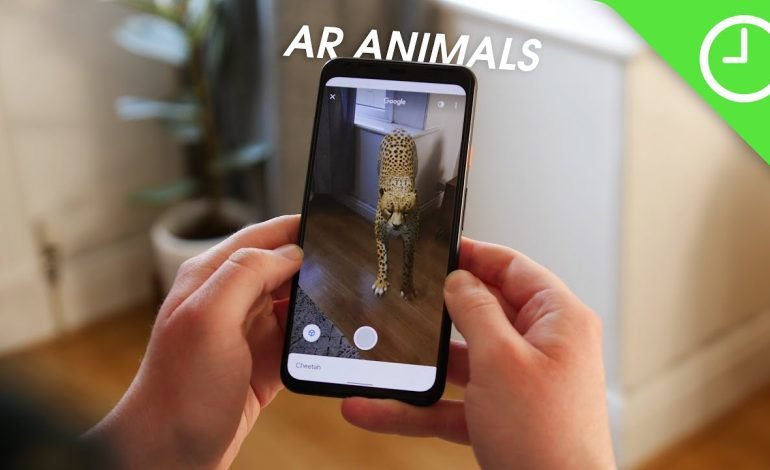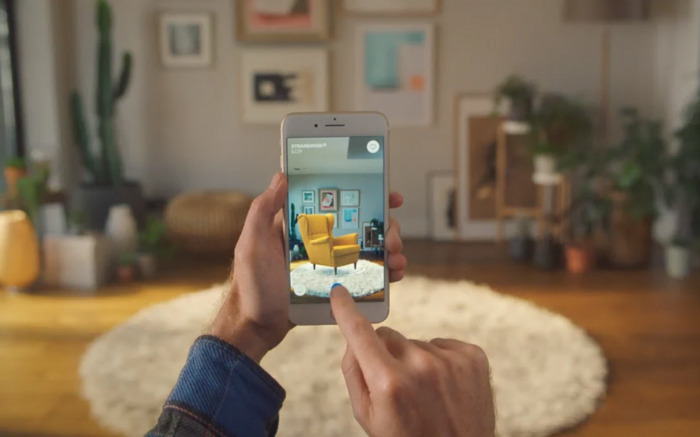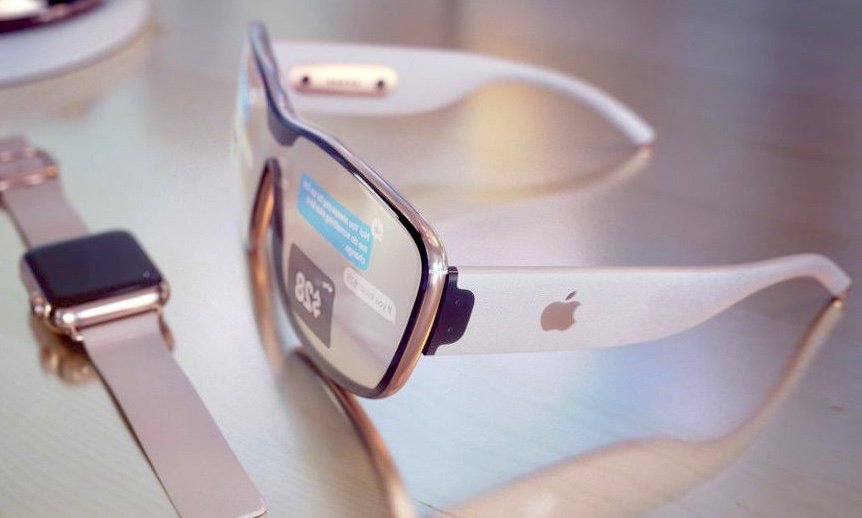The Huge Shift That Awaits In AR VR Space In India With The Launch Of JIO Glass.

THE NEW ERA OF WEARABLE COMPUTERS
When the internet came along, we plugged in and started surfing. When the smartphone was introduced, it basically became an appendage. But while each of us has spent the last ten years looking down at a little screen, innovators have been figuring out a way to get our heads back up. The goal: connect the digital world of information more seamlessly to the real world around us.
Enter augmented and virtual reality. These are information delivery technologies that are going to program again how we experience content. Briefly, augmented reality (AR) layers information onto the real world. Whether ani-morphing your face in a video chat or hunting cute little creatures in your backyard, your device is using real-world information, then layering on digital information to change, or augment your reality. Virtual reality (VR) places you in a digital world, then uses captured motions (eyes, head turns, etc.) to make you feel immersed in that world.
The year 2019 was a growth year for virtual and augmented reality (VR/AR)– known collectively as extended reality (XR). The presence of these Extended realities began to be felt far away from the fields of gaming and entertainment, where they first became popular. Augmented reality (AR) and virtual reality (VR) are the future of the next-generation platforms, after PC, web, and mobile. Applications of Augmented reality and Virtual Reality have been around for a while, but the technologies to unlock their potential have only recently become available. AR and VR have the potential to fundamentally transform the consumer’s view in the physical world and the enterprises in their operations.
All biggest tech companies are now investing in augmented reality as well as virtual reality. After a long time of hesitation and waiting for others to go first, new, improved headsets are being released. The fight for market domination has started, and the potential of AR continues to grow. As you can see Reliance Jio has recently launched its first augmented reality-enabled glasses jio glass in India. This jio Glass is based on mixed reality and powered by both cellular and wireless networks using the paired phone, much like how the recently-launched Snap Spectacles 3 work. Jio glass has been launched as one of the next-generation products that are focused on the onset of the 5G networknetwork.
Jio Glass
The Jio augmented glasses or jio glass use mixed reality for video conferences and remote communication with people. It is driven by Augmented Reality and Virtual Reality for things such as a 3D holographic image of participants, in addition to their 2D avatar from the regular video feed. It seems very much like Google Glass but bulkier and chunkier. But it has a closer analogy with the recently launched Spectacles 3 by the parent company of Snapchat. Jio Glass currently supports 25 apps meant for video conferencing and online collaboration. It also supports voice commands for most functions, minimizing the need for buttons.
The market for these smart devices is still a niche in India, which is why there is a huge scope for companies to launch products that will not only attract customers but pave the way for next-generation technologies. Over the past few years, AR & VR market has been growing in India on account of increasing penetration of head-mounted displays in the entertainment & gaming sector. We can clearly see the anticipated growth in the country’s defense budget, and rising demand for AR & VR enabled products for training purposes and are expected to emerge as huge factors driving demand for AR & VR products in the defense industry.
The Seismic Shifts
The potential of AR was so far best presented by the last year’s success of Pokémon Go, a classic video game reimagined as an AR experience on a smartphone screen. Pokémon GO was based on the actual real-world map of the streets and pathways and used GPS to determine the player’s real-life position. Thousands of players around the world got on the streets hunting for 3D creatures. In the last five years, virtual reality (VR) and augmented reality (AR) has attracted the interest of investors and the general public, especially after Mark Zuckerberg bought Oculus (virtual reality) for two billion dollars. AR is a more modern technology than VR and shows an interdisciplinary application framework, in which, education and learning seem to be more detailed. Indeed, AR allows supporting learning, for example, increasing-on content understanding and memory preservation, as well as on learning motivation. However, if Virtual reality (VR) benefits from clear and more definite fields of application and research areas, AR is still emerging in the scientific scenarios.
It’s hard to believe, but the Augmented reality and virtual reality have been around us for more than 30 years. Even the latest educational trend is the introduction of augmented (AR) and virtual reality (VR) to the classroom. Governments around the world also realize the potential for these technologies in education and training. Over the last few years, several countries have introduced AR and VR initiatives.
We are now at the stage where AR and VR are finally reaching the tipping point into the commercial space, disrupting industries such as medical institutions, finance, security, health and fitness, education, travel, real estate, and the music industry. The AR/VR devices in future will provide accessibility, a personalised and well-designed experiences. As these next-generation technologies take hold, a platform shift is imminent. In my opinion, in three years we are going to see a whole new Extended reality (AR/VR) with Long term evolution (LTE) capabilities that will become an alternative to the smartphone.





